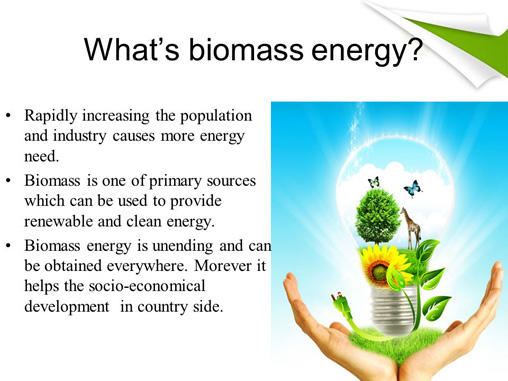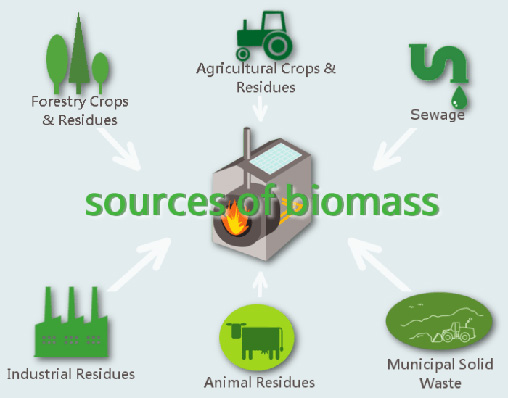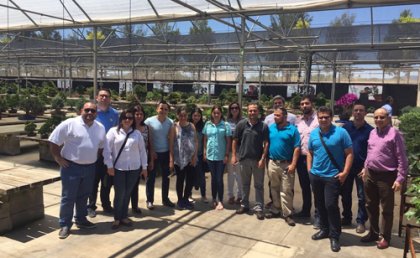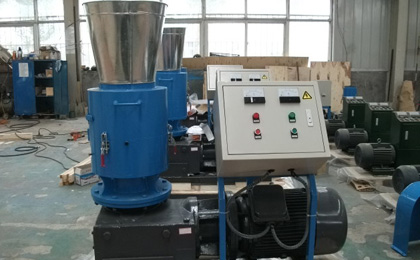Development of biomass energy and its impact on ecological environment
With the continued growth of the global economy, the use of fossil fuels will be further intensified. While fossil energy still dominates the world's energy, biomass energy accounts for only a small share of the energy market, while biofuel products (ethanol), bio-diesel etc. accounts for only 1.9% of the total bio-energy, but biomass energy has great potential in the future. According to the International Energy Agency, global biofuel use will grow from the current 1 MB / d (millions of barrels) to 4.4 MB / d in 2035. At the same time, the new biomass energy, which is mainly the second generation biofuel, will become the main biomass energy source in the near future. In June 2009, several policies to accelerate the development of bio-industry have been clearly stated: the state will support the production of non-grain fuel ethanol, biodiesel, biomass thermoelectricity and so on. The principle of ecological development should be adhered to in the development of biomass energy industry in China, so that the harmonious development of human, natural and biological energy can be achieved by not competing with the people for grain, land and water.

Positive effects of biomass energy on ecological environment
- Effects of biomass energy during the development of cellulose on the ecological environment. Crop straw is one of the most important sources of biomass resources, which mainly includes five categories: food crops, oil crops, cotton, hemp and sugar crops. According to statistics, the annual output of crop straw in China is about 700 million tons, accounting for 20% of the total output of crop straw in the world. In recent years, with the development of rural economy and the increase of farmers' income, the energy use structure of rural residents is changing obviously, and the commodity energy sources such as coal, oil, gas, electricity and so on have been applied more and more widely. A large amount of straw surplus leads to a series of environmental and social problems, every time to summer and autumn, the village fires, everywhere smoke phenomenon is very common. According to the investigation, the utilization ratio of straw in our country is about 75 at present, of which only about 2.6% is used after technical treatment, and about 25% of the straw is abandoned or burned directly. Straw burning in situ not only causes a large amount of waste of resources and energy, but also the environmental pollution can not be ignored. Therefore, it is of great significance to develop the technology of energy conversion and utilization of straw and the development of energy products to solve the problems of agriculture, energy and environment, which is of great significance to ensure the national energy security, the sustainable development of national economy and the protection of the environment. Biomass liquefaction mainly includes biochemical method the preparation of fuel ethanol and thermochemical preparation of bio oil, the former generally refers to the conversion of straw and other biomass into fuel ethanol by means of hydrolysis, fermentation and other means. The latter is converted by rapid pyrolysis liquefaction, pressure catalytic liquefaction and so on. The prospect of biomass liquefied bio oil can replace oil has long been paid more attention by all countries in the world. Many countries have listed them as an important part of national energy sustainable development strategy and one of the basic choices of energy development strategy in twenty-first Century.

- Effects of biomass energy on the development of lignin of the ecological environment. lignin is a kind of natural organic macromolecule compound which exists widely in plants and is the main component of plant cell wall together with cellulose and hemicellulose. Lignin is one of the most important renewable resources in nature, second only to cellulose. Industrial lignin mainly comes from pulp and paper industry and wood hydrolysis industry. At present, with the development of cellulosic ethanol technology, a large number of new lignin by-products will be produced. Lignin structure has a large number of different kinds of active groups, renewable, degradable, non-toxic, cheap Easy to obtain and other advantages, with great potential for use.
Sum up
Using biomass energy is the direction of energy development in the future. At the same time, new non-grain biomass energy sources are being explored, and genetically modified crops and genetically modified technologies are beginning to move into biomass energy. In a word, fossil resources are exhausted, new green biomass energy is coming up, and the development of biomass energy is indisputable. The urgent task is to adjust the strategy and make clear the key points. Focus on supporting the core technology and industrialization of technology, and gradually achieve sustainable development of new biomass energy.






